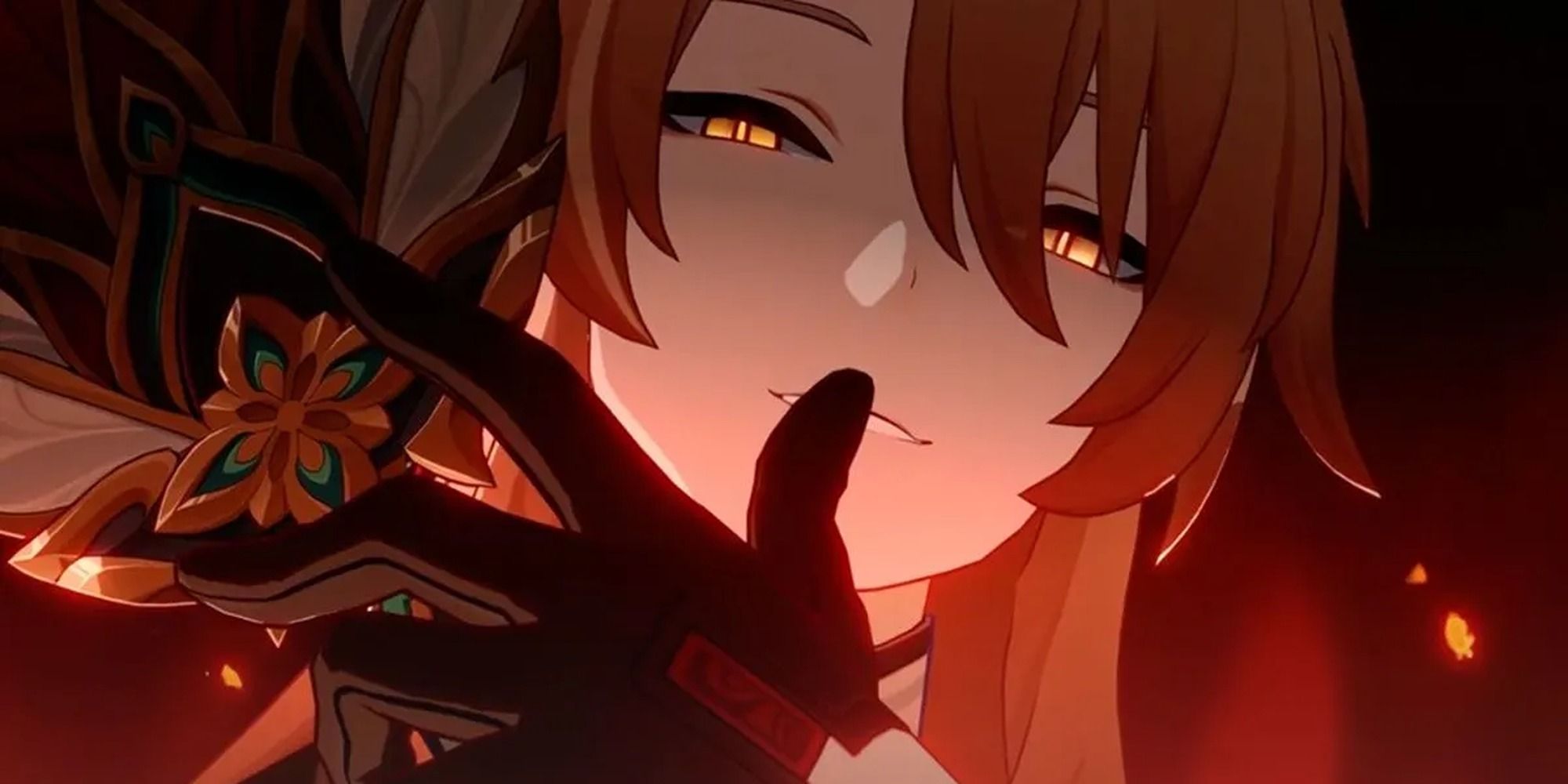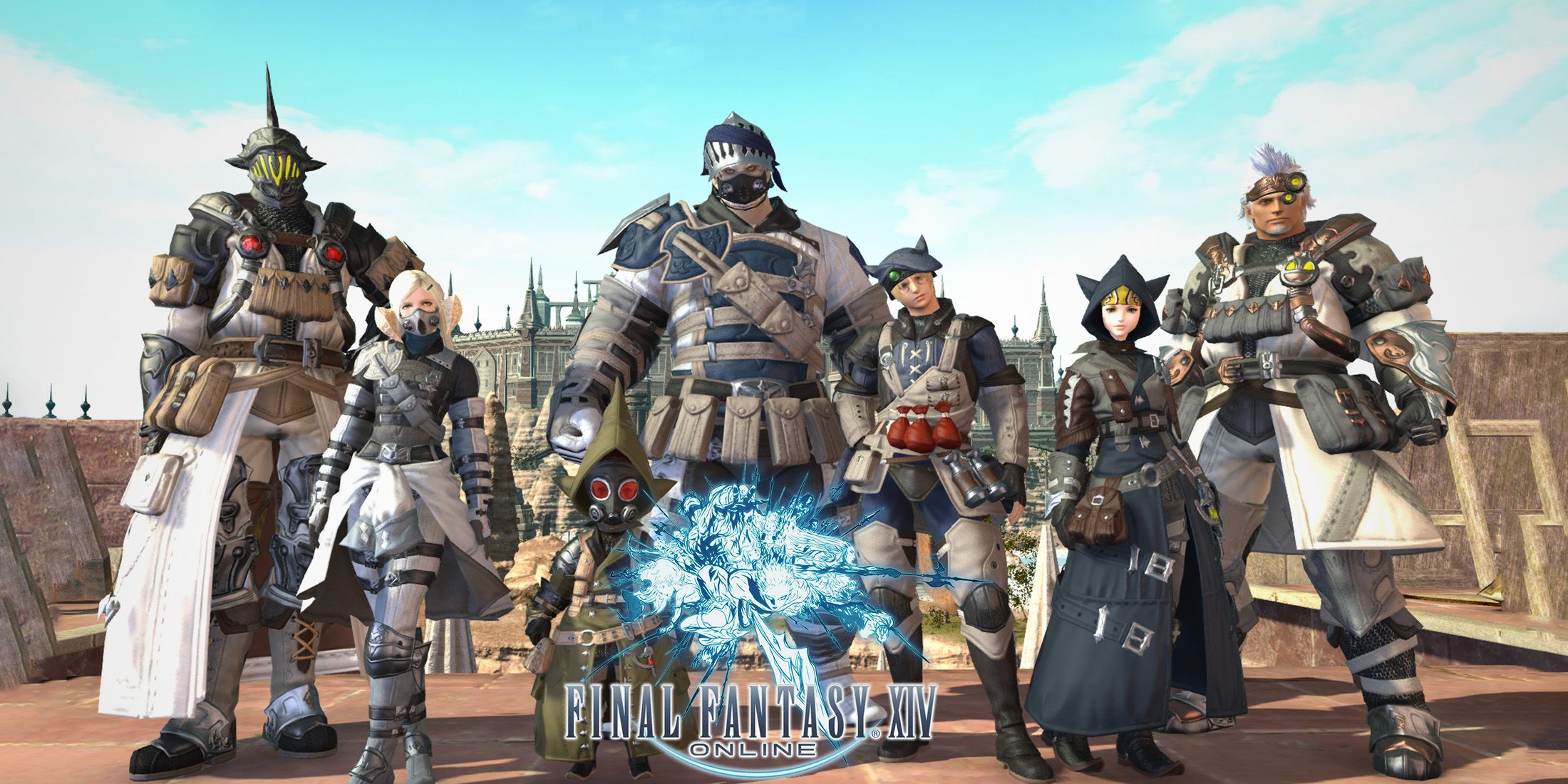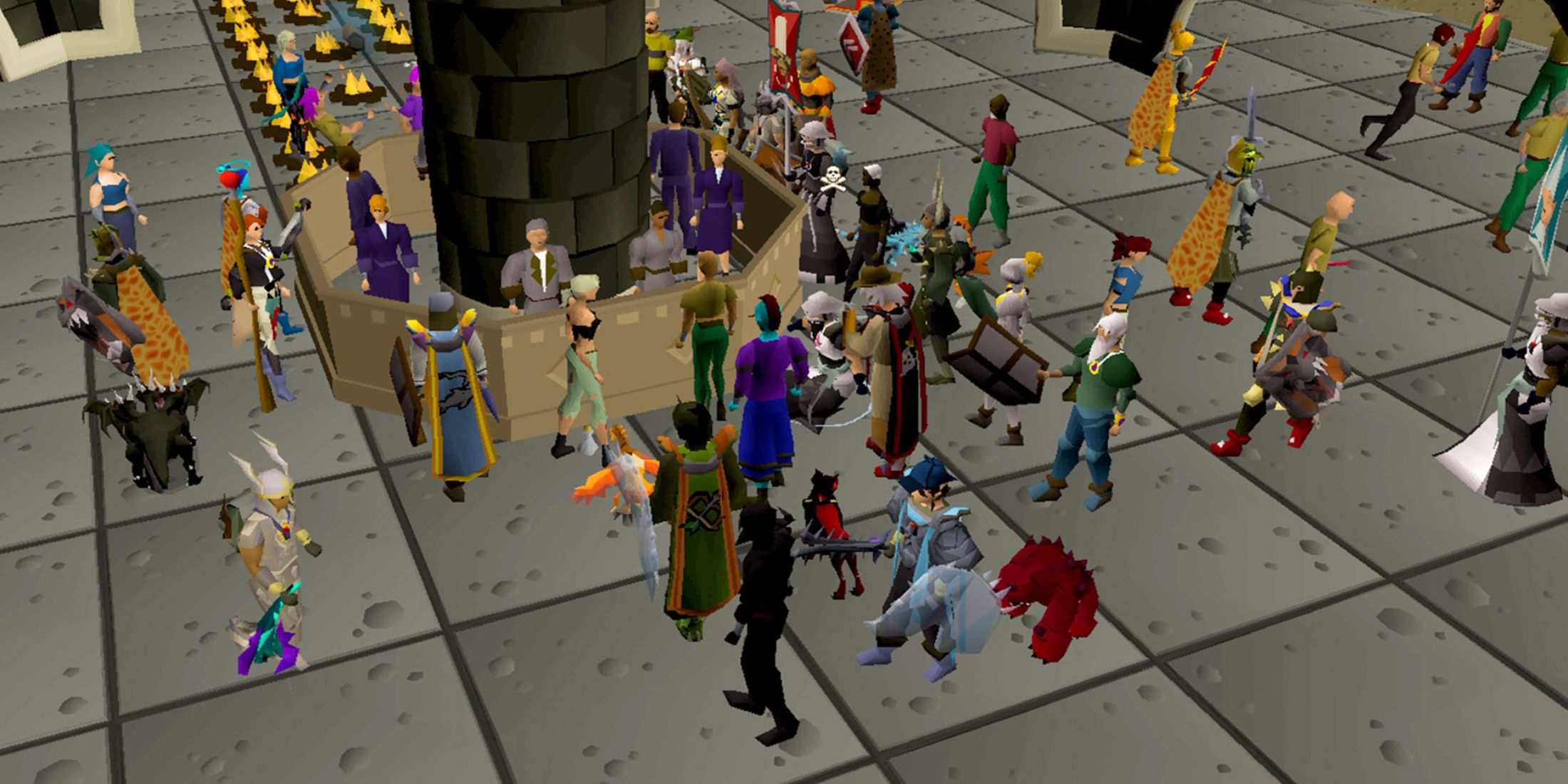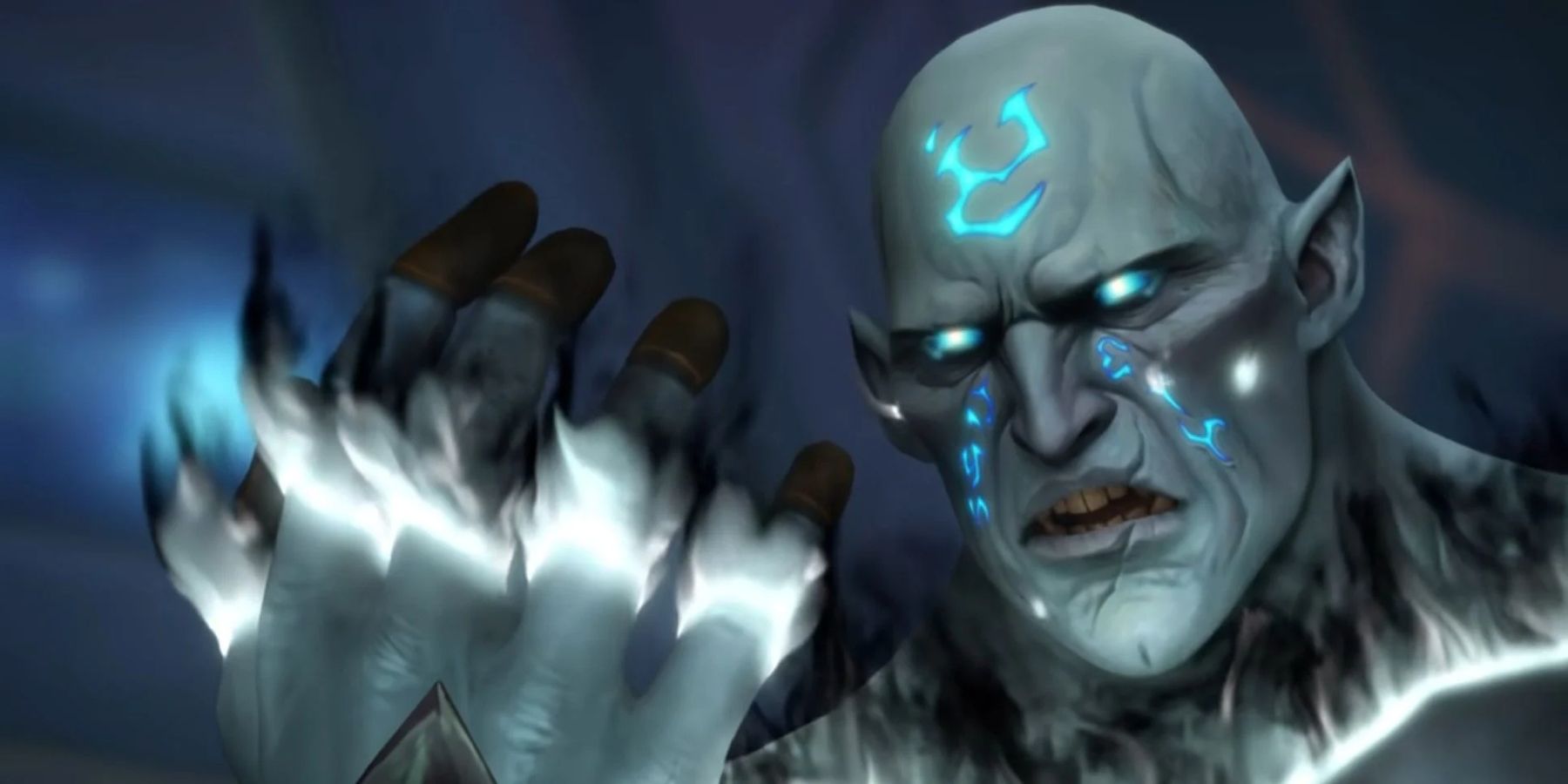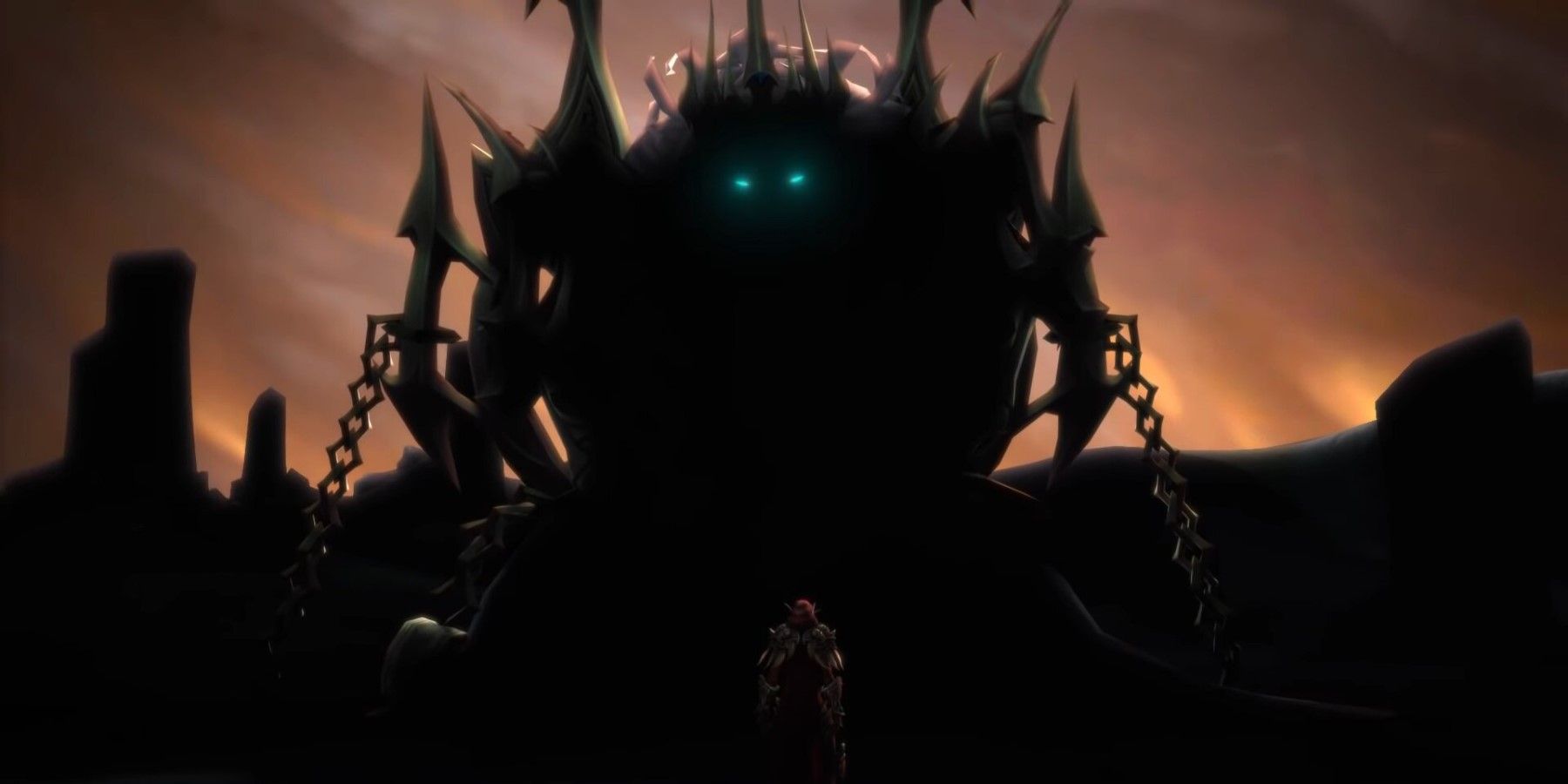Since he was introduced in Shadowlands, Zovaal the Jailer has been the main antagonist of World of Warcraft. After struggling against him throughout the expansion, players defeated him within the Sepulcher of the First Ones raid during Eternity’s End. However, his defeat rang hollow for most World of Warcraft players - rather than feeling triumphant or bittersweet, they were just relieved to see him go.
At face value, the Jailer has a lot in common with other World of Warcraft villains, but those similarities crack under pressure. The Jailer’s motivations and modus operandi lacked the clarity and consistency of his predecessors, which led to annoyance or confusion among many players. However, with a little more development, Zovaal could have become as popular as the Lich King, the Old Gods, or Sargeras.
The Jailer’s Unclear Motivations in World of Warcraft: Shadowlands
The Jailer’s motivations are the core of his poor reception. From when players first learned Sylvanas Windrunner was in league with the Jailer in Shadowlands, many asked why this decision was made. At various points throughout Shadowlands, The Jailer claimed he sought to destroy the world, dominate the multiverse, and reshape reality. Meanwhile, Sylvanas said they intended to fix the broken system of the afterlife; a goal that did not seem to match. It was not until Zovaal’s dying words that he mentioned a greater threat he was trying to protect against the whole time. At no point during Shadowlands were players told the reasoning behind his goals, nor why Sylvanas chose to betray her people and ally with Zovaal when their motivations were seemingly at odds.
When compared to the motivations of other villains, Zovaal’s seem flimsy. The Lich King sought to kill everyone and unite the world in death, while Sargeras sought to wipe out existence with the Burning Legion to prevent the Old Gods from corrupting it. These motivations are straightforward, but have details beneath the surface that support their overarching goals. The Jailer’s motivations lack clarity and depth, leading him to feel like a poor imitation of others.
This confusion could have been avoided if World of Warcraft played the Jailer’s hand more clearly. It seemed WoW was trying hard to keep an air of mystery behind Zovaal’s motivations, but that made it hard to become invested in stopping him. Trading that mystery for a more palpable, perceivable threat would have helped immensely. Alternatively, if World of Warcraft wanted to go with Sylvanas' stance that the system of the Shadowlands was cruel and wrong, it should have highlighted the flaws of the "Machine of Death," a plot point present in the Bastion story that was dropped before fully explored.
The Jailer’s Inconsistent Atmosphere in World of Warcraft: Shadowlands
When players first met the Jailer, he was portrayed as an untouchable force of death. However, later in the story, players encountered many characters who voluntarily joined the Jailer’s side in Shadowlands, including Sire Denathrius, Helya, and Devos. With a legion of spies and followers in every corner of the Shadowlands, it seemed like he was a charismatic puppet-master, able to convince anyone to join him. World of Warcraft was caught between portraying two different versions of the Jailer.
Villains like Sargeras or the Old Gods do not suffer from this discordant characterization. Sargeras plays the role of an inexorable god-like being within the Burning Legion, while servants like Kil’jaeden and Gul’dan plotted deeper schemes. Likewise, the Old Gods often acted as unfathomable, distant entities while acting through proxies and corrupt beings. Zovaal attempted to do this in Shadowlands with schemers such as Denathrius and Kel’Thuzad, but never showed how his network of villainy operated.
World of Warcraft should have picked a method and stuck with it. If it wanted Zovaal to be an unstoppable force, it should have focused on keeping him a looming threat as characters like Denathrius carry the antagonistic weight. Alternatively, if WoW wanted him to be a master schemer, it should have portrayed him as the charismatic underdog, just barely able to slip beneath the notice of the Shadowlands Pantheon of Death to undermine their authority.
The Jailer’s Unmerited Esteem in World of Warcraft: Shadowlands
All throughout Shadowlands, characters speak of the Jailer with terror and awe. Meanwhile, players are given few reasons to fear or respect the Jailer’s power. A newcomer to Warcraft, the Jailer was virtually unheard of before Shadowlands, outside a few mentions of a powerful death entity. World of Warcraft players were told how impressive the Jailer was, rather than shown, a problem further cemented by his swift downfall.
Comparing the Jailer’s reputation with those of other Warcraft villains illustrates this deficit. Sargeras, the Lich King, and the Old Gods each existed as far back as Warcraft 3, and each had concrete examples of threatening behavior presented over two decades. On the other hand, the Jailer’s merit came mostly from vague references, such as in Edge of Night or with Odyn’s eye, or from tying in the accomplishments of pre-existing villains.
In order for the Jailer to have earned the esteem he was given, World of Warcraft should have shown his personal worth. Simply telling players he is powerful doesn’t convince anyone he actually is, and tying other villains in to make him sound more impressive does nothing but diminish the accomplishments of those other characters. The introduction sequence for Shadowlands was an effective display of his power by capturing and re-capturing Jaina, Anduin, Thrall, and Baine. After that, the Jailer did little but brood and make cryptic threats. Players needed to see more substance from Zovaal if he was going to earn their respect.
Unfortunately, the chance to make the Jailer a better villain died with the Sepulcher of the First Ones. Even if World of Warcraft were to improve his characterization posthumously, either by explaining his motives or via Denathrius’ machinations, he is unlikely to go be remembered as a beloved Warcraft villain. One can hope Blizzard learned its lesson with Zovaal, and will ensure future World of Warcraft antagonists do not fall into the same storytelling pitfalls.
World of Warcraft is available now on PC.

